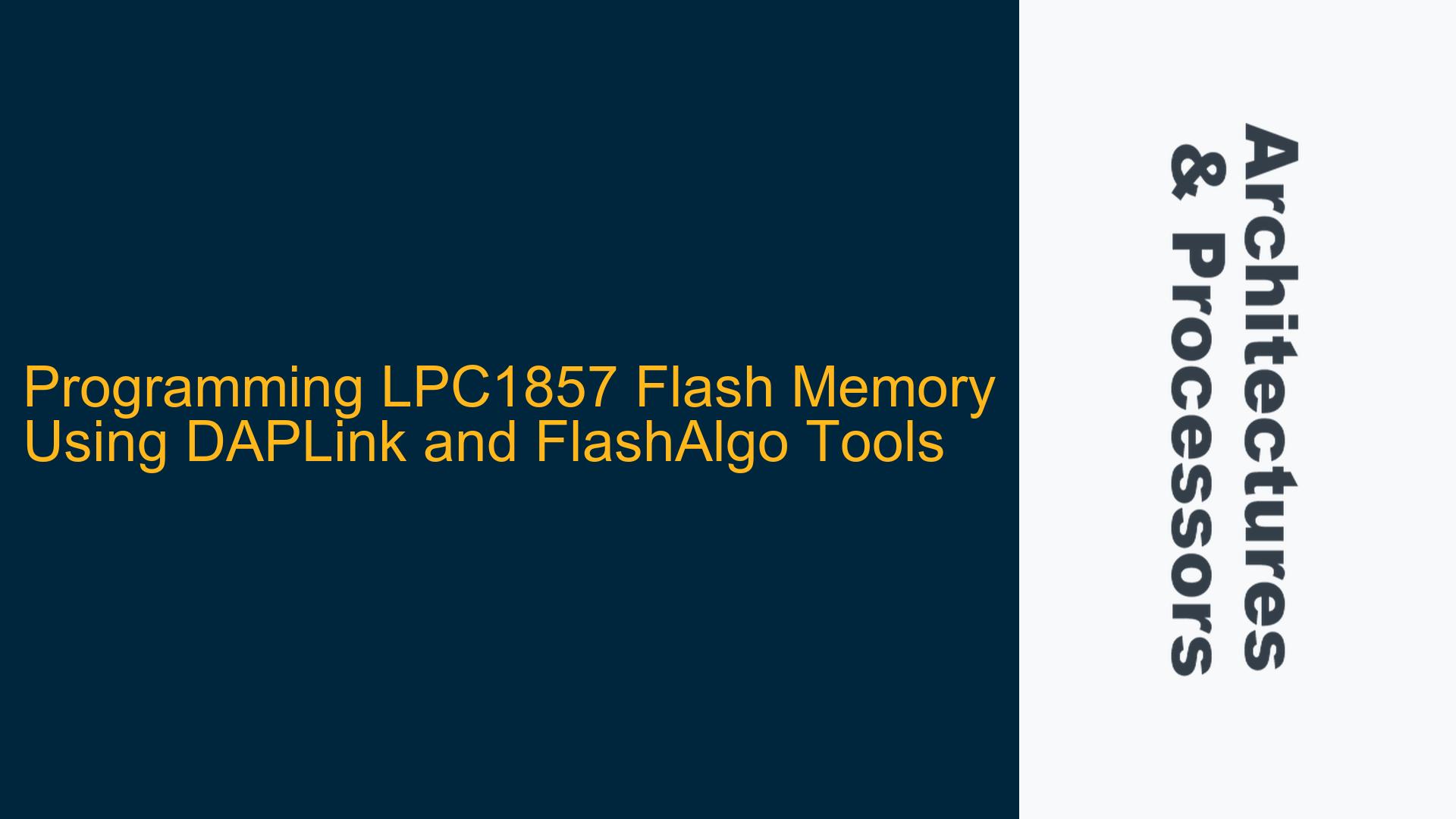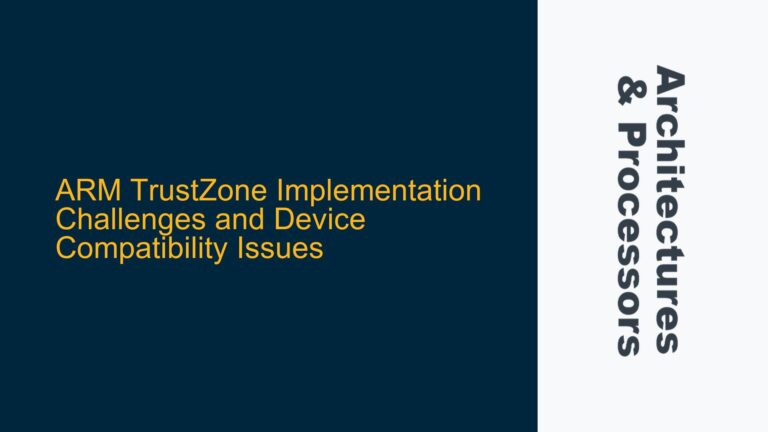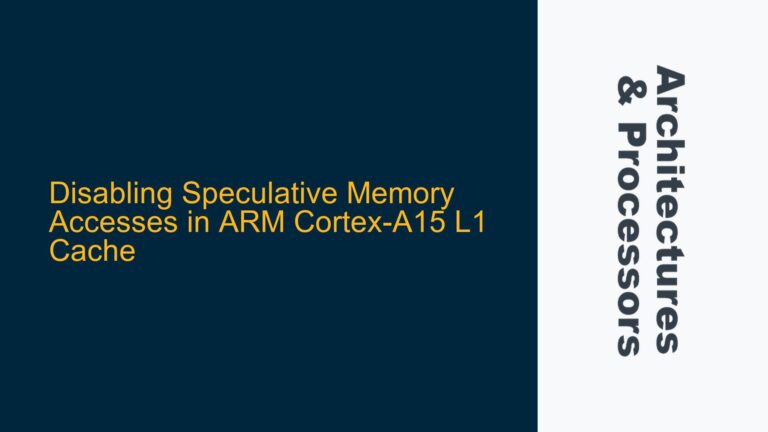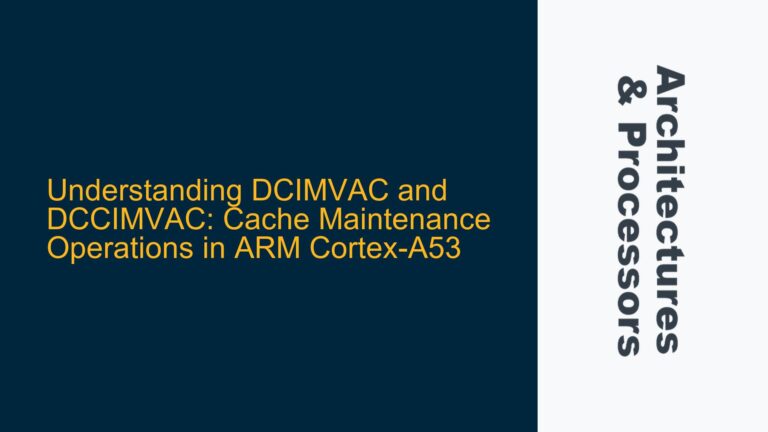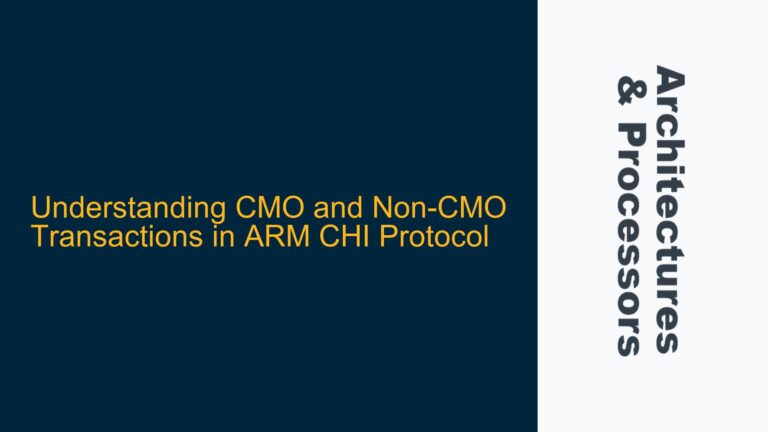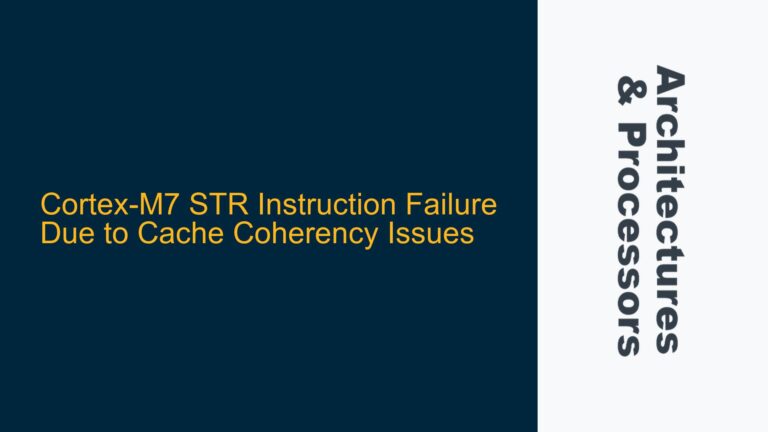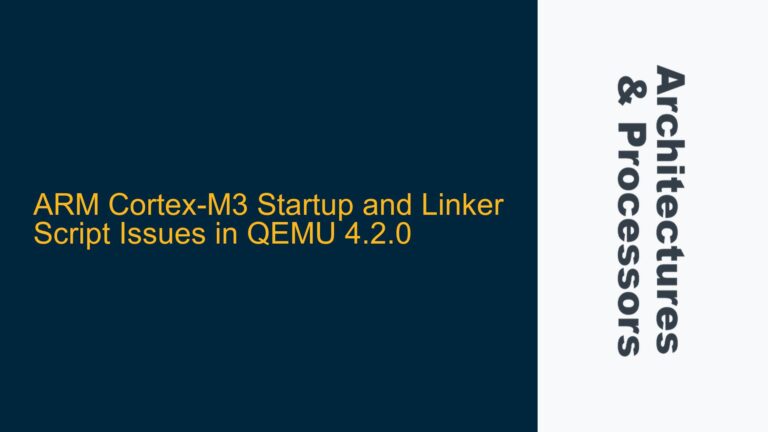Understanding DAPLink and FlashAlgo Integration for LPC1857 Flash Programming
The LPC1857 microcontroller, based on the ARM Cortex-M3 architecture, requires a specific approach to program its internal flash memory. The DAPLink project, a widely used firmware for debugging and programming ARM microcontrollers, provides a framework for interfacing with various target devices. However, integrating a new microcontroller like the LPC1857 into DAPLink involves generating a binary blob (BLOB) that contains the necessary algorithms for flash programming. This process is documented in the DAPLink repository under the PORT_TARGET_FAMILY.md file, which references the FlashAlgo project for generating these BLOBs.
The FlashAlgo project consists of two primary Python scripts: flash_algo.py and generate_blobs.py. These scripts are essential for creating the BLOB that DAPLink uses to interact with the LPC1857’s flash memory. The flash_algo.py script is responsible for parsing and processing the flash algorithm, while generate_blobs.py converts the processed algorithm into a BLOB that can be used by DAPLink. Understanding how to use these scripts and what arguments they require is crucial for successfully programming the LPC1857’s flash memory.
Key Arguments for generate_blobs.py and flash_algo.py
The generate_blobs.py script requires two main arguments: elf_path and blob_start. The elf_path argument specifies the path to the ELF file that contains the flash algorithm. This ELF file is typically generated by compiling the flash algorithm code, which is written in C or assembly and tailored to the specific flash memory of the LPC1857. The blob_start argument defines the starting address in memory where the BLOB will be loaded. This address must be carefully chosen to avoid conflicts with other memory regions used by the microcontroller.
On the other hand, the flash_algo.py script requires the input and template arguments. The input argument specifies the path to the flash algorithm description file, which contains information about the flash memory’s characteristics, such as page size, erase times, and programming times. The template argument points to a template file that defines the structure of the BLOB. This template is essential for ensuring that the generated BLOB adheres to the format expected by DAPLink.
Step-by-Step Guide to Generating and Using Flash Programming BLOBs
To generate the BLOB for the LPC1857, start by compiling the flash algorithm code into an ELF file. This code should be written to handle the specific requirements of the LPC1857’s flash memory, such as erase and write operations. Once the ELF file is generated, use the generate_blobs.py script with the appropriate elf_path and blob_start arguments to create the BLOB. The blob_start address should be chosen based on the memory map of the LPC1857, ensuring that it does not overlap with other critical memory regions.
Next, use the flash_algo.py script to process the flash algorithm description file and generate the final BLOB. The input argument should point to the description file, which contains the necessary parameters for the flash memory. The template argument should reference the template file provided by the FlashAlgo project, ensuring that the BLOB is formatted correctly for use with DAPLink.
Once the BLOB is generated, integrate it into the DAPLink project by following the instructions in the PORT_TARGET_FAMILY.md file. This typically involves adding the BLOB to the appropriate directory and updating the configuration files to include the LPC1857 as a supported target. After these steps, the DAPLink firmware should be rebuilt, and the updated firmware can be used to program the LPC1857’s flash memory.
Common Pitfalls and Debugging Tips
One common issue when generating BLOBs is incorrect memory addresses. If the blob_start address is not set correctly, the BLOB may overwrite critical memory regions, leading to unpredictable behavior. To avoid this, carefully review the LPC1857’s memory map and choose an address that is safe for BLOB loading. Additionally, ensure that the flash algorithm code is correctly compiled and that the ELF file contains the necessary sections for the BLOB generation.
Another potential issue is mismatched flash memory parameters in the description file. If the parameters in the description file do not match the actual characteristics of the LPC1857’s flash memory, the generated BLOB may not function correctly. Double-check the flash memory specifications in the LPC1857’s datasheet and ensure that the description file accurately reflects these parameters.
When integrating the BLOB into the DAPLink project, pay close attention to the configuration files. Incorrect entries in these files can prevent the BLOB from being recognized or used correctly. If the DAPLink firmware fails to program the LPC1857’s flash memory, review the configuration files and ensure that all necessary changes have been made.
Advanced Techniques for Optimizing Flash Programming
For advanced users, there are several techniques to optimize the flash programming process for the LPC1857. One approach is to customize the flash algorithm code to take advantage of specific features of the LPC1857’s flash memory, such as faster erase or write operations. This may involve modifying the algorithm to use bulk erase commands or optimizing the write sequence to reduce programming time.
Another technique is to use multiple BLOBs for different regions of the flash memory. This can be useful if the LPC1857 has multiple flash banks with different characteristics. By generating separate BLOBs for each bank, you can tailor the programming process to the specific requirements of each region, improving overall efficiency.
Finally, consider using the DAPLink project’s debugging features to monitor the flash programming process. By enabling debug output, you can gain insights into how the BLOB is being used and identify any potential issues. This can be particularly helpful when troubleshooting problems or optimizing the programming sequence.
Conclusion
Programming the flash memory of the LPC1857 microcontroller using the DAPLink project and FlashAlgo tools requires a thorough understanding of the tools and the microcontroller’s memory architecture. By carefully following the steps outlined in this guide, you can successfully generate the necessary BLOBs and integrate them into the DAPLink project. Pay close attention to the arguments required by the generate_blobs.py and flash_algo.py scripts, and ensure that the BLOB is correctly configured for use with the LPC1857. With these techniques, you can achieve reliable and efficient flash programming for your embedded applications.
